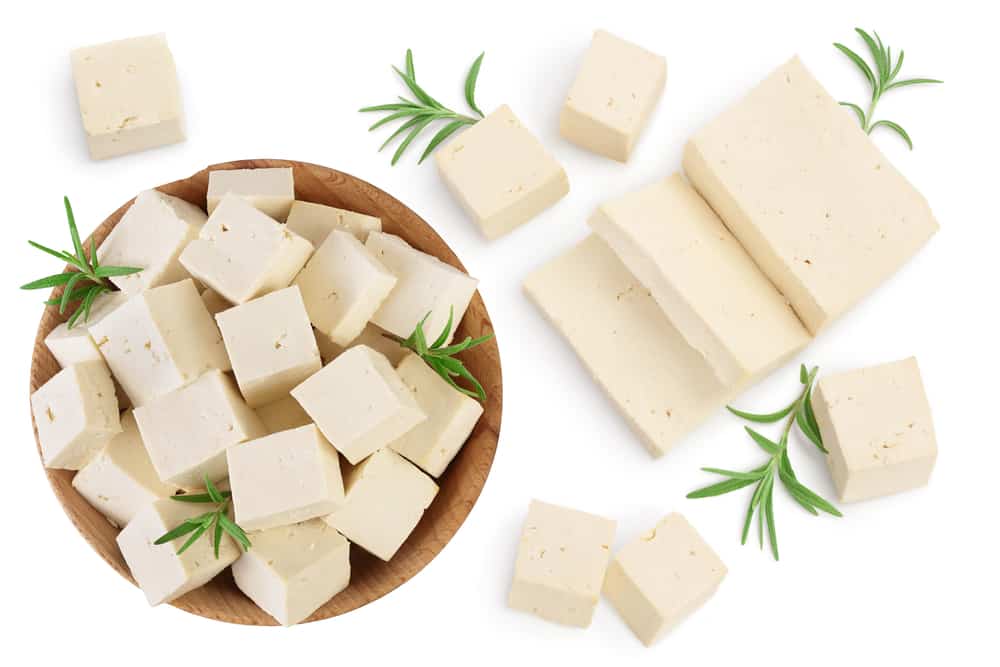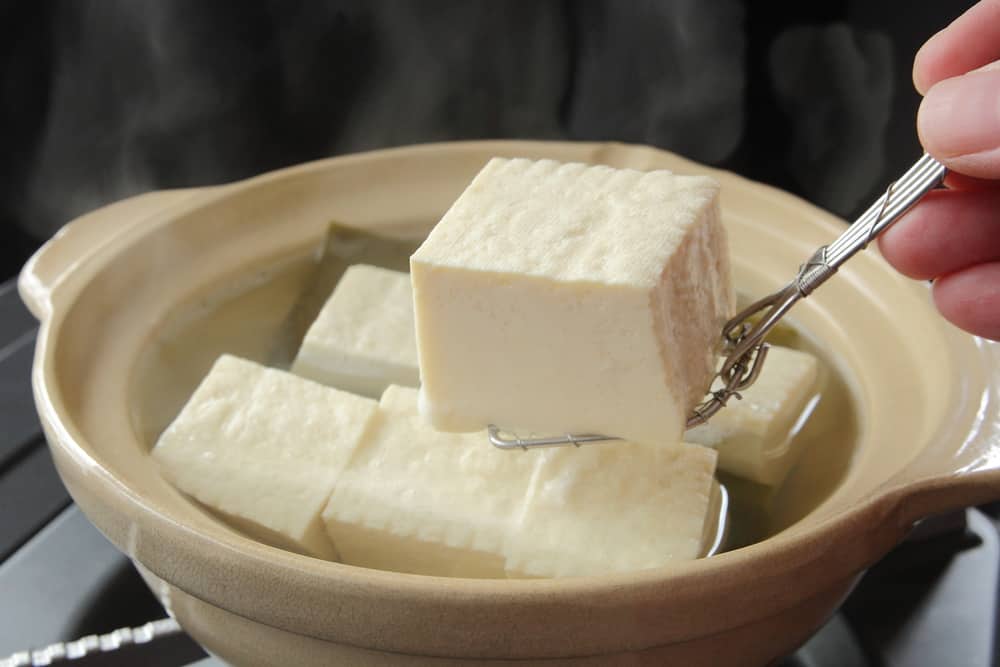To increase your protein intake, check out these 30 plant-based sources of protein. Proteins are large, complex molecules that play many critical roles in the body. They do most of the work in cells and are required for the structure, function, and regulation of the body’s tissues and organs. Over time, a lack of protein can make you lose muscle mass, which in turn cuts your strength, makes it harder to keep your balance, and slows your metabolism. It can also lead to anemia when your cells don’t get enough oxygen, which makes you tired. Protein is critical for building and rebuilding muscle tissue, so it makes sense that a deficiency would cause muscle pain. When dietary protein is lacking, the body pulls from its reserves in both the muscles and joints. As a result, muscles tighten and ache, and joints stiffen.
Our blood sugar level can really affect how we feel and how our brains process information, so it’s important to keep those levels stable to prevent brain fog. In fact, poor concentration and a lack of motivation can also indicate a poor protein level in the body. Protein deficiency is when your intake is unable to meet your body’s requirements. An estimated one billion people worldwide suffer from inadequate protein intake. The recommendation for protein for an adult male is around 63 grams per day. For an adult female, it is around 52 grams per day. It is very easy to reach this recommended amount and you can get all the protein you need simply by eating a whole-food, plant-based diet.

1. Tofu the superfood
Our list of ’30 Plant-Based Sources of Protein’ starts with -Tofu! Tofu is also known as bean curd and is a food prepared by coagulating soy milk and then pressing the resulting curds into solid white blocks of varying softness. It can be silken, soft, firm, or extra firm. Tofu is a good source of protein and contains all nine essential amino acids. It is also a valuable plant source of iron and calcium and the minerals manganese and phosphorous. In addition to this, it also contains magnesium, copper, zinc and vitamin B1. Tofu is high in protein and many healthy nutrients.

Eating tofu may protect against a variety of health conditions, such as heart disease, diabetes, and even certain cancers. Tofu can be a great source of low-calorie protein in a weight loss diet. It’s a plant-based protein, like beans and lentils but tofu is lower in carbohydrates than these sources.
Tofu 3 oz, 6.9g of protein, 1.6g carbs, 0.3g fiber, 65 calories
